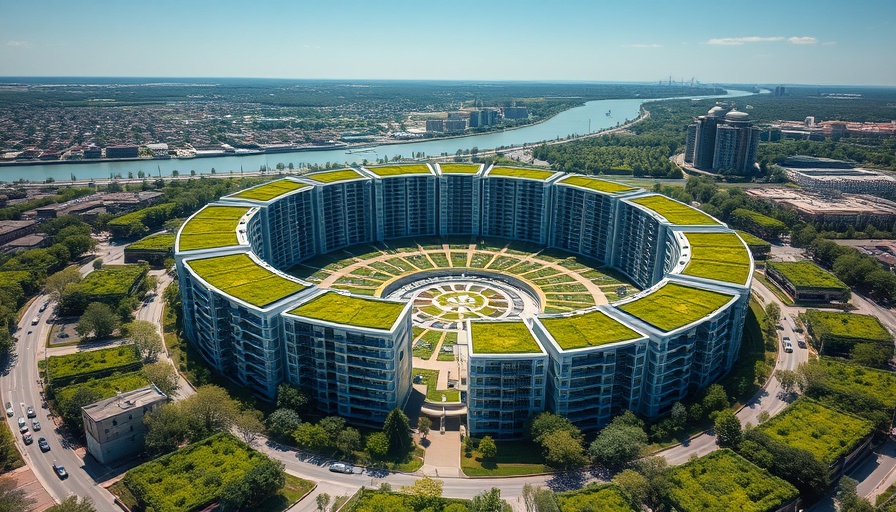
Historic Gasworks Site Transformed Into a Thriving Community
A transformative project has received the green light to turn the old Bromley-by-Bow gasworks, a significant remnant of Victorian engineering, into a vibrant neighborhood consisting of 2,100 new homes. Spearheaded by the Berkeley Group's St William division, this ambitious undertaking intends to preserve the site's heritage while integrating modern living spaces. This initiative, which will revitalize the largest surviving cluster of Victorian gas holders in the UK, is set to be a landmark development aimed at enhancing community connectivity.
Significant Planning Milestone Achieved
The successful completion of a Section 106 legal agreement with the London Borough of Newham marks a critical milestone in the project, allowing it to move forward. This agreement outlines the commitments to local infrastructure and community benefits tied to the redevelopment, showcasing a model of public-private collaboration that is essential for urban regeneration.
Heritage Meets Modernity: A Unique Architectural Vision
Architectural firm RSHP has taken on the challenge of designing homes that will nestle within the impressive cast iron gasholder frames. Their innovative approach aims to retain the historical significance of these structures while repurposing them into residential units and community amenities. The approach will witness several gasholder frames housing multi-storey buildings of up to 20 storeys, revitalizing the skyline and delivering housing in a dense urban area.
Community and Employment Opportunities Ahead
Beyond the new homes, the project promises immense local benefits, with projections estimating the creation of over 2,800 jobs during the construction phase. Additionally, it is set to contribute approximately £4.4 million towards local skills and employment programs, supporting the local workforce and enhancing community resilience.
Turning the Past into a Public Asset
The redevelopment plan emphasizes making this previously private site accessible to the public for the first time in 150 years, which will allow locals to enjoy the green spaces created. A new 4.2-acre riverfront park will serve as a centerpiece of the community, aimed at encouraging outdoor activity and social interaction in a space that combines both historical and natural elements.
Challenges and Opportunities in Urban Development
While this project sets an impressive precedent, it also highlights the complexities inherent in transforming brownfield sites. The collaboration with Historic England and detailed planning to ensure the preservation of structural heritage allow us to see how modern needs can be met while respecting the past. As urban areas face increasing pressure to expand housing stock amidst rising populations, such strategies will become essential.
A Glimpse into the Future of Urban Living
As the project progresses, it stands as a promising example of sustainable urban development, balancing the need for housing with heritage conservation. Through this development, future residents will benefit from not just housing but a lifestyle rich in history, access to natural spaces, and employment opportunities. This holistic approach may just become the blueprint for future urban regeneration projects across the UK and beyond.
In light of this ambitious redevelopment, stakeholders within the building and construction sectors are encouraged to engage with similar projects that fuse historical preservation with modern urban demand. The success of this initiative could signal a transformative shift in how we approach urban planning.
 Add Row
Add Row  Add
Add 




Write A Comment